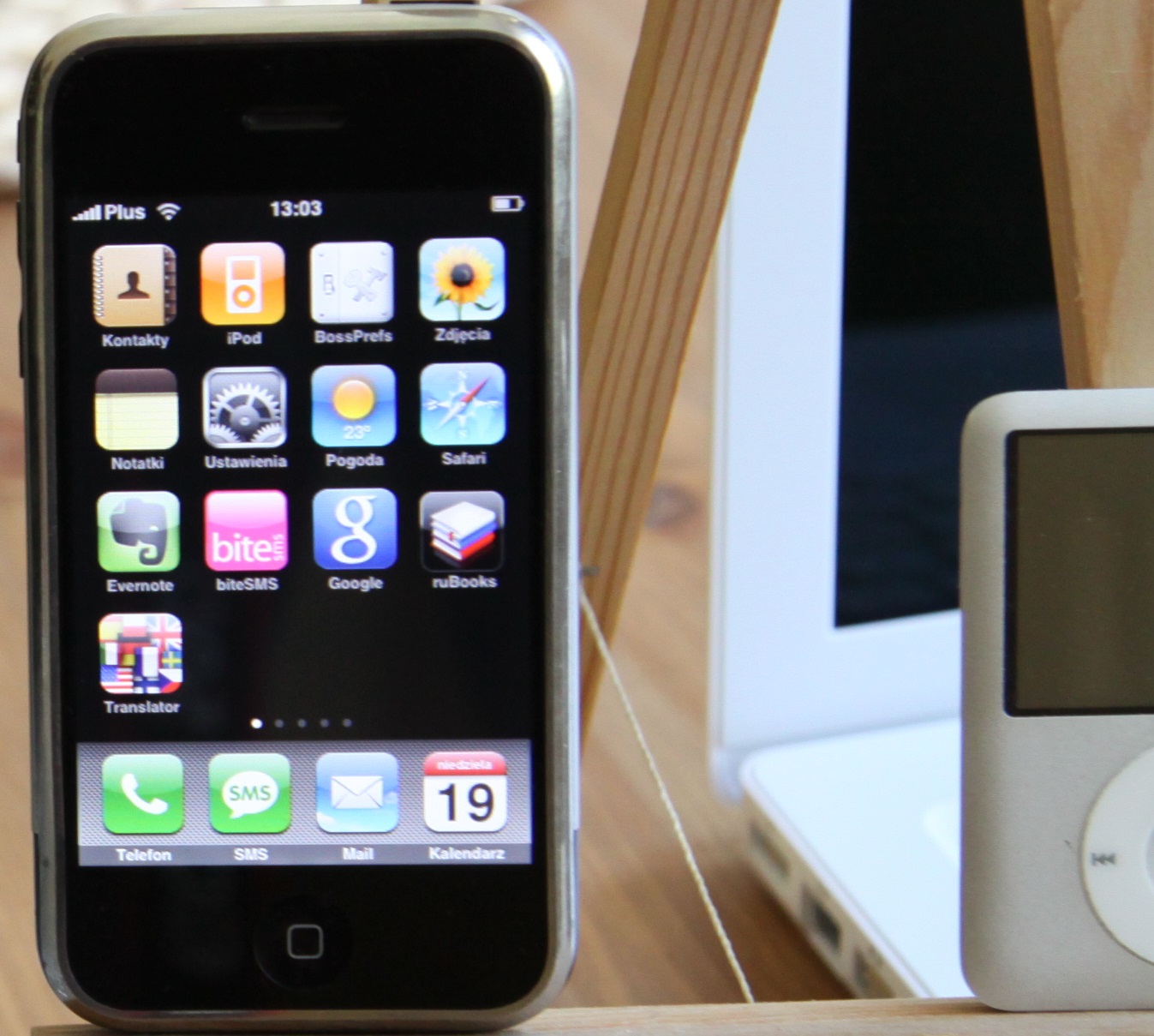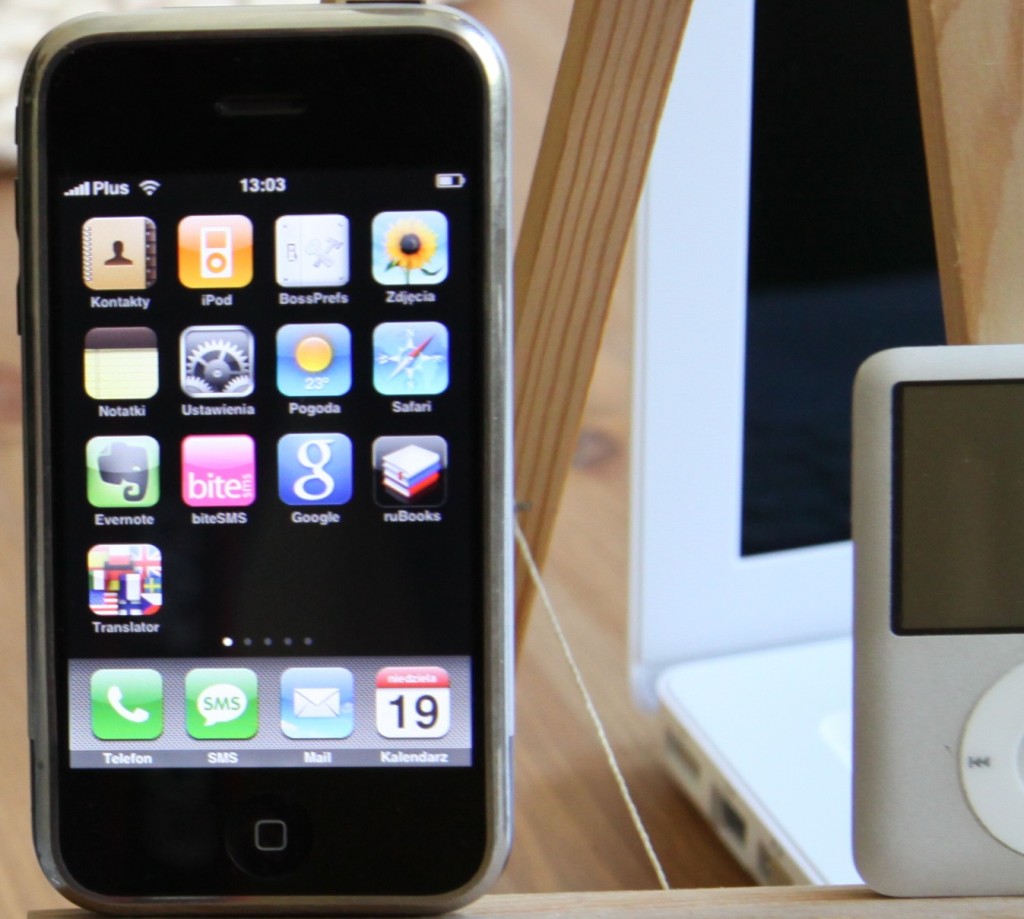When you’re sick of having to ration that last bar of power, it’s great to know what you’re looking for in a power bank.
It isn’t hard to understand why a rechargeable battery pack is such an important part of today’s mobile device requirements, especially when you know that you’re going to need your charge to last a lot longer, but it’s draining fast.
However, choosing the right external battery charger for your needs does require a bit of knowledge.
Primarily, this has to do with the capacity of the rechargeable battery pack. Not all devices are created alike, so it is important for you to know the basics before you slap down your cash. After all, you’re only getting a deal if you’re actually able to benefit from the power bank that you bring home with you.
The first step is to understand how you will be using your rechargeable battery pack and for what mobile devices.
Consider all of the various mobile devices that you have. Do you have a smartphone, tablet, laptop, MP3 player, digital camera, GPS, or even an e-cigarette? You likely have at least one of them. How often do you use these devices and, when you are using them, how important is it that you are able to keep them going for as long as you want? Would you be in a lurch if your smartphone ran out of juice? If your tablet cuts out before the end of the day, will it be inconvenient for you?
How often do you find yourself in a place where you will not be able to simply plug your device into a wall socket or a USB power adapter in your car? If you have a lot of devices, you use them frequently, and you travel a great deal (or have a long commute, or work in the field), then you might find that you will need an external battery charger with a larger capacity. If you only have a smartphone that you use in case of emergency, then it may be better to choose a power bank with a smaller capacity, which will be tinier, lighter, and less expensive.
The capacity of a rechargeable battery pack is measured in milliamp hours (mAh). The higher the number, the greater the capacity. Larger devices – such as a laptop or even a tablet – will need a higher capacity battery, as will multiple charges for multiple devices. The iPhone 5 for example, has a 1,440 mAh cell, whereas the iPad 3 has a tremendous 11,666 mAh battery. Have a look at the capacity of the battery of the devices, themselves, and then compare them to the available chargers.

